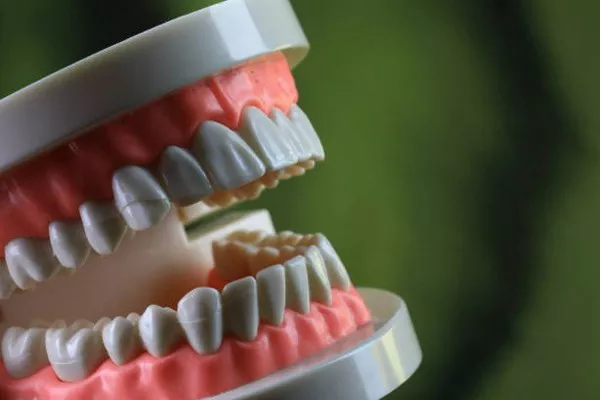When it comes to dental care, many people are understandably concerned about the cost of treatment. In particular, fillings are a common restorative procedure used to treat cavities and other tooth damage, but the cost of these procedures can vary widely depending on a variety of factors. In this article, we will explore how much a tooth filling costs without insurance, including the various factors that can impact the overall cost. We will cover the following topics:
Understanding Dental Fillings and Their Costs
Before exploring the specific costs of tooth fillings without insurance, it’s important to understand what dental fillings are and why they are necessary. Dental fillings are used to restore teeth that have been damaged by decay or trauma, helping to prevent further damage and preserve the natural tooth structure. There are several different types of dental fillings available, including amalgam (metal), composite resin (tooth-colored), ceramic, and glass ionomer.
The cost of dental fillings can vary widely depending on the type of filling material used, as well as other factors such as the location and extent of the damage, the dentist’s experience and expertise, and the geographic location of the dental practice. In general, metal fillings tend to be less expensive than composite resin or ceramic fillings, but they may not be as aesthetically pleasing. On average, the cost of a dental filling in the United States ranges from $125 to $300 per tooth.
Factors That Influence the Cost of Dental Fillings
As mentioned above, there are several factors that can impact the overall cost of dental fillings. Some of the most important factors to consider include:
The type of filling material used: As noted, metal fillings tend to be less expensive than composite resin or ceramic fillings.
The location and extent of the damage: In general, more extensive damage will require a larger filling and may therefore be more expensive to treat.
The dentist’s experience and expertise: A more experienced dentist may charge higher fees for their services, but may also be able to provide better outcomes and reduce the risk of complications.
Geographic location: Dental care costs can vary widely depending on where you live, with urban areas generally being more expensive than rural areas.
Average Costs of Dental Fillings by Type
To get a better sense of the specific costs of different types of dental fillings, we’ve compiled some average cost estimates based on data from various sources:
1.Metal fillings (amalgam): $50 to $150 per tooth
2.Composite resin fillings: $90 to $250 per tooth
3.Ceramic fillings: $250 to $4,500 per tooth
4.Glass ionomer fillings: $75 to $200 per tooth
It’s important to note that these are just general estimates, and your actual costs may vary depending on the factors discussed above.
Strategies for Reducing the Cost of Dental Fillings
If you don’t have dental insurance or are concerned about the cost of dental fillings, there are several strategies you can use to help reduce your out-of-pocket expenses. Some of these strategies include:
Comparison shopping: Take the time to research different dentists in your area and compare their prices for dental fillings.
Ask about payment plans: Many dental practices offer financing options or payment plans to help make treatment more affordable.
Consider dental schools: If you live near a dental school, you may be able to receive lower-cost care from dental students under the supervision of licensed professionals.
Practice good oral hygiene: By maintaining good oral hygiene habits such as brushing twice a day and flossing regularly, you can help prevent the need for costly dental treatments in the first place.
In conclusion, dental fillings are a critical component of modern restorative dentistry, but their costs can vary widely depending on a variety of factors. By understanding the specific factors that influence the cost of dental fillings and exploring strategies for reducing these costs, you can make more informed decisions about your oral health and ensure that you receive the care you need at a price you can afford.
Related Topics:




























